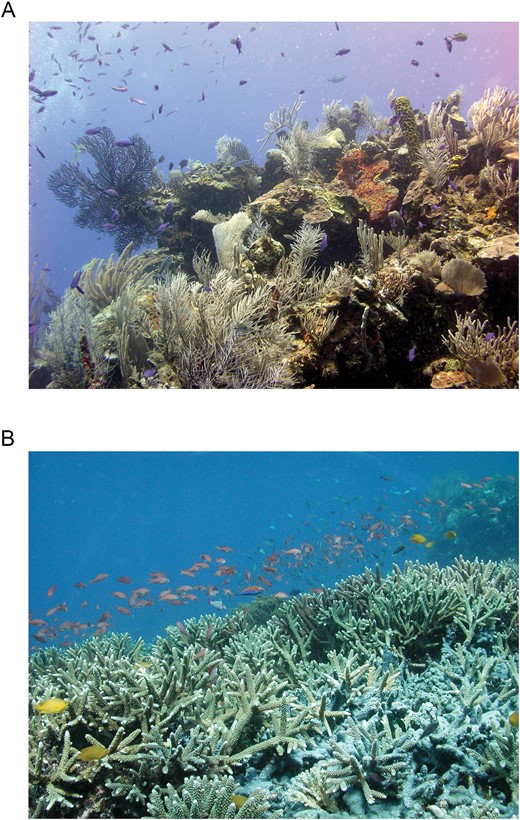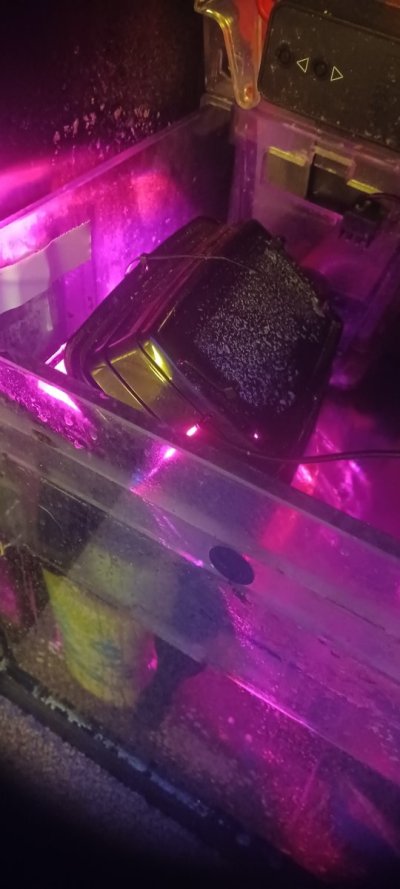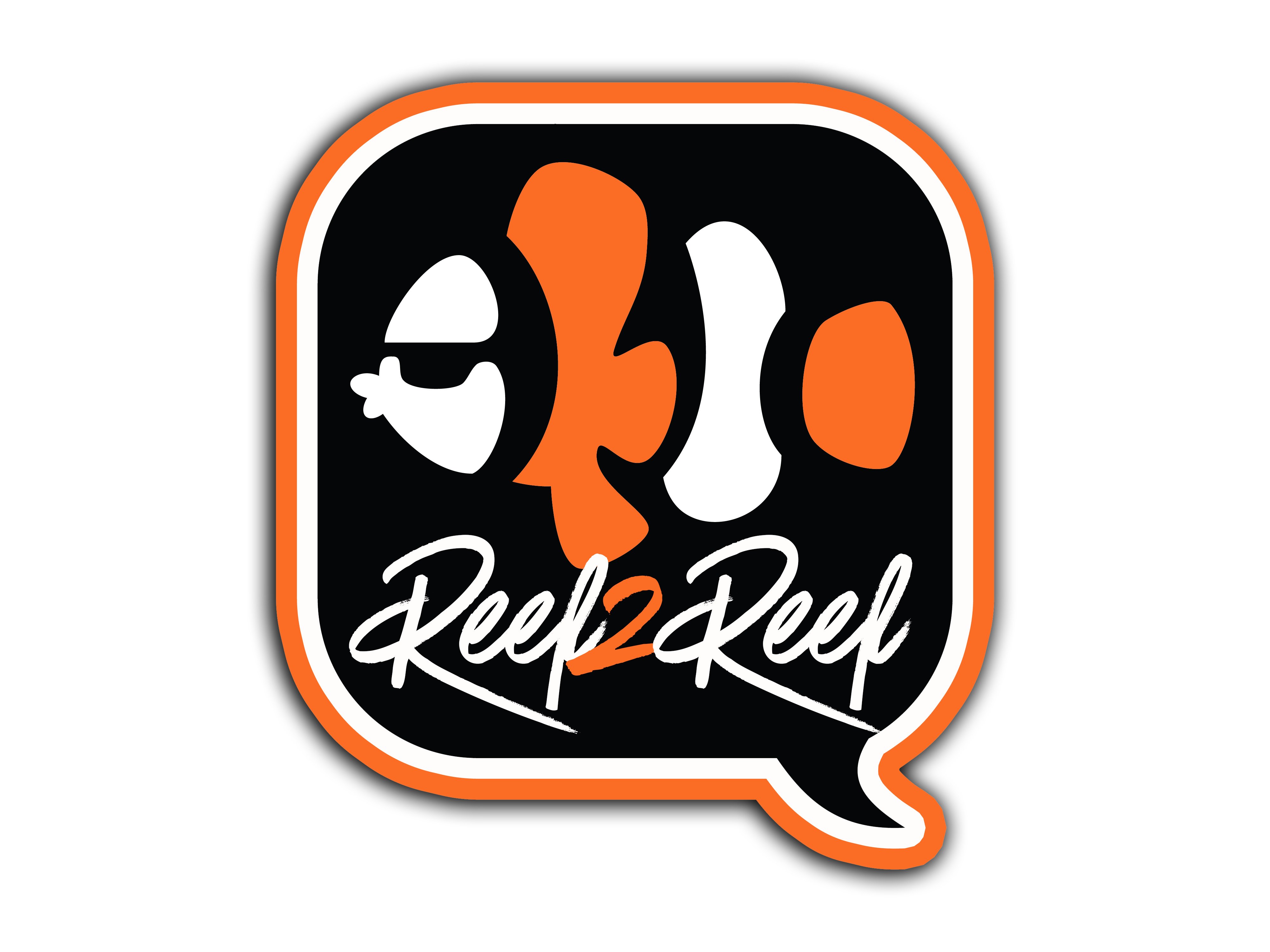I’ll have a go, lol. This documents that algal growth rates are nearly maxed out at natural seawater levels, presumably undetectable by us with our test kits. So lowering them but remaining still detectable would have no effect; if folks look hard enough they will probably find research that states the opposite;

Eutrophication on Coral Reefs: What Is the Evidence for Phase Shifts, Nutrient Limitation and Coral Bleaching
Abstract. Coral reefs continue to experience extreme environmental pressure from climate change stressors, but many coral reefs are also exposed to eutrophacademic.oup.com
Interesting article, thanks for sharing! I think this is related the big questions; what are the rate limiting nutrients for corals/algae, what are the levels in our tanks, and how might comparative advantages shift the landscapes?
I may have missed it but the article seems to focus on DIN and points that maybe this is not the rate limiting nutrient, even suggesting light as a major growth factor: "nutrient addition does increase uptake rates dramatically in
many cases for nutrient depleted macrophytes, [though] it is not nec-
essarily coupled with an increase in growth which is largely
dependent on tissue nutrient status and other factors such as
irradiance"
genuine question: do the lights in our tanks/fuges give more or less light than on the reef? I know the sun is more powerful (lighting coming through my window always shines brighter than my lights in the tank lol) but deeper in the waters is this still the case? Let alone spectrum differences.
On the point of rate limiting nutrients, I posted an link to some articles detailing iron enrichment experiments that led to significantly large algae blooms!
Edit: in case it's not clear, I'm very susceptible to "nerd sniping" lol



















